Sixteen multiparous Holstein cows in four blocks of 4 × 4 Latin square over 4-week experimental periods were used to study the effects of seaweed (Saccharina latissima) supplement (with/without) and protein source (rapeseed meal (RSM)/wheat distiller's grain (WDG)) on milk mineral concentrations. Dietary treatments did not affect milk production and basic composition. Feeding seaweed slightly decreased milk Ca and Cu concentrations; whilst increased (by 3.3-fold) milk iodine (I) concentration, due to a higher dietary I supply. Substitution of WDG with RSM increased feed-to-milk transfer of Ca, Na, and Se and decreased that of Mg, P, Fe, and Mn; but only reduced milk Mn and I concentrations (the latter by 27 % as a potential result of increased glucosinolate intake). Seaweed supplement can improve milk I content when cows' I supply/availability is limited, but care should be taken to avoid excess milk I contents that may pose nutritional risks for young children.
Author: hilduryr@matis.is

Last summer, Sigmundur Páll Freysteinsson, a master's student in textile and fashion design at Kyoto University and Kyoto Seika University in Japan, worked on the project Future utilization of macro and microalgae in the textile industry in Iceland in close collaboration with Matís. The project was supported by the Student Innovation Fund.
The textile and clothing industry is far behind in adopting better and more environmentally friendly processes and is considered one of the most polluting industries in the world. Algae can be a unique raw material to use for environmentally friendly textile dyeing. Various nations have realized the utilization potential of large and small algae, but now there is an opportunity to use them in the production of natural textile dyes, which has not been known before. The project involved both an in-depth study of sources on coastal products in Iceland as well as color experiments with the large and small algae that can be considered for large-scale production. The project looks to the future and promotes sustainability, innovation and new opportunities related to the textile industry, design and algae cultivation in Iceland. One of the ingredients that was tested was a blue nutritional and antioxidant substance that VAXA Technologies has developed, among other things, in the project Iceblue. Macroalgae from the project were also tested MINERVA.
Matís is also involved in both of these projects, but Iceblue is funded by Ranni's Technology Development Fund as part of the Eurostars program of the European Union. MINERVA is funded by the BlueBio Cofund.
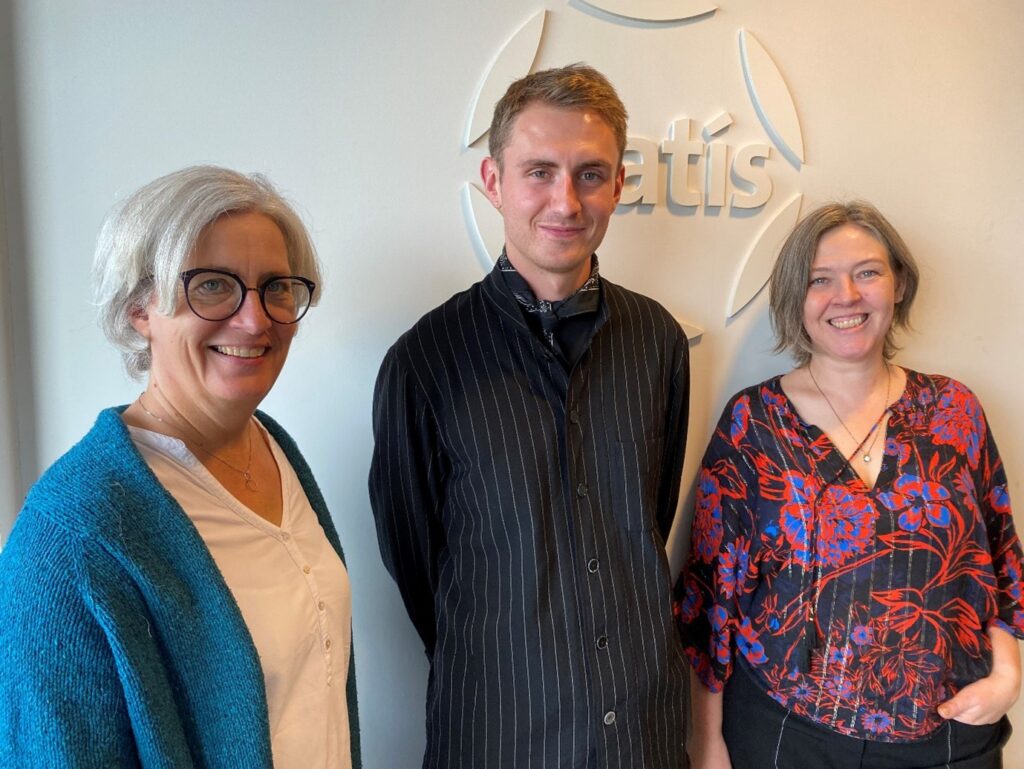
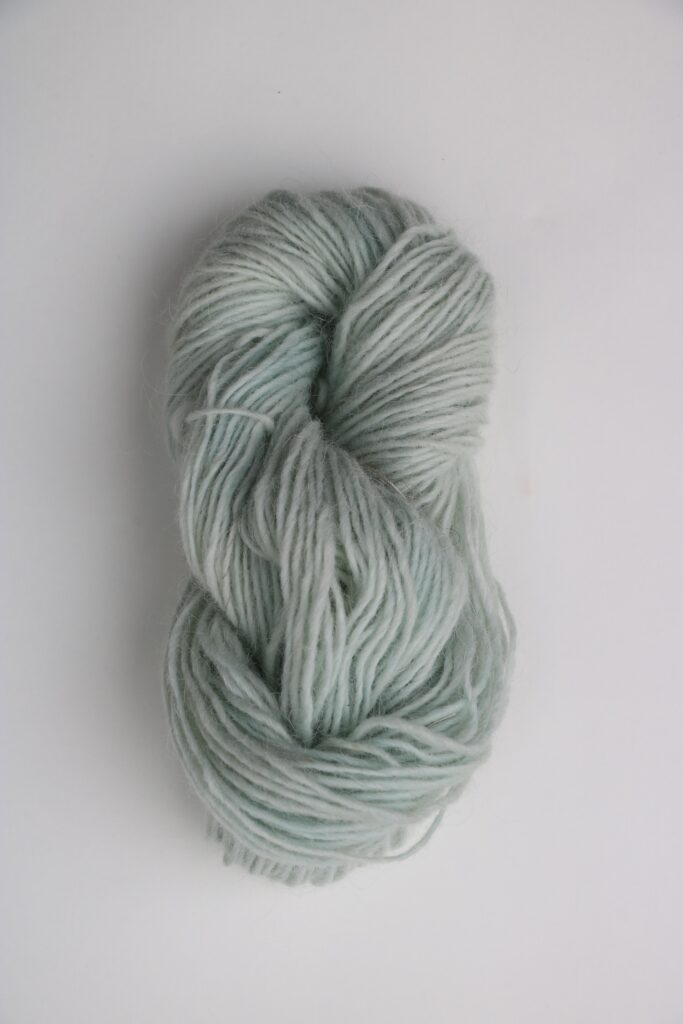
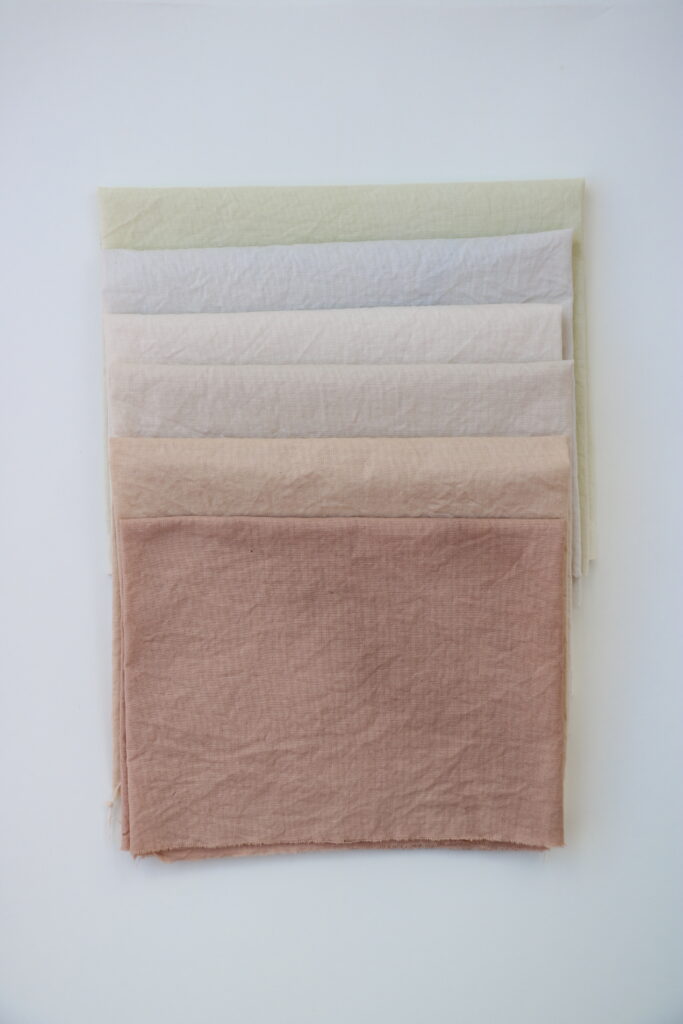
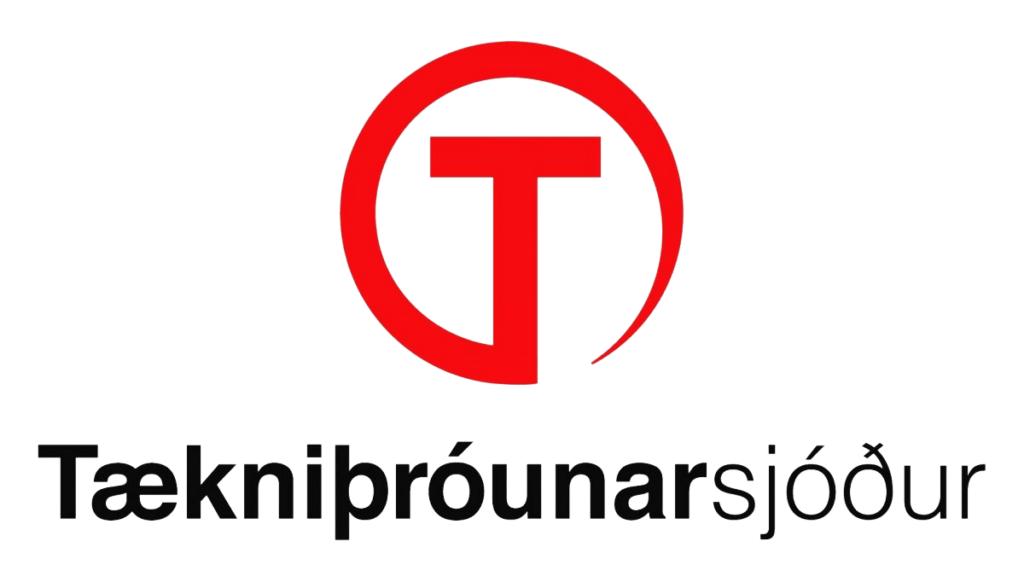
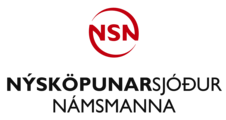
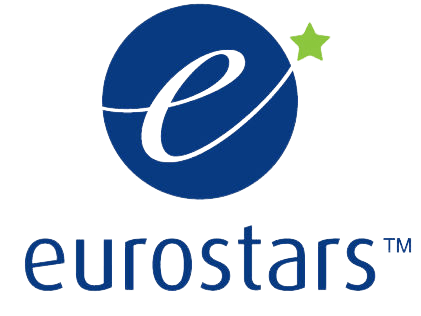

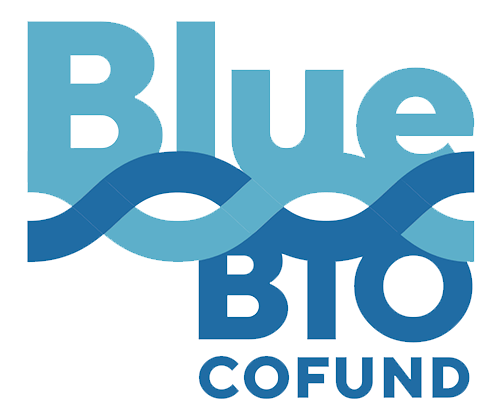
This study aimed to investigate the effects of two brown Icelandic seaweed samples (Ascophyllum nodosum and Fucus vesiculosus) on in vitro methane production, nutrient degradation, and microbiota composition. A total mixed ration (TMR) was incubated alone as control or together with each seaweed at two inclusion levels (2.5 and 5.0% on a dry matter basis) in a long-term rumen simulation technique (Rusitec) experiment. The incubation period lasted 14 days, with 7 days of adaptation and sampling. The methane concentration of total gas produced was decreased at the 5% inclusion level of A. nodosum and F. vesiculosus by 8.9 and 3.6%, respectively (P < 0.001). The total gas production was reduced by all seaweeds, with a greater reduction for the 5% seaweed inclusion level (P < 0.001). Feed nutrient degradation and the production of volatile fatty acids and ammonia in the effluent were also reduced, mostly with a bigger effect for the 5% inclusion level of both seaweeds, indicating a reduced overall fermentation (all P ≤ 0.001). Microbiota composition was analyzed by sequencing 16S rRNA amplicons from the rumen content of the donor cows, fermenter liquid and effluent at days 7 and 13, and feed residues at day 13. Relative abundances of the most abundant methanogens varied between the rumen fluid used for the start of incubation and the samples taken at day 7, as well as between days 7 and 13 in both fermenter liquid and effluent (P < 0.05). According to the differential abundance analysis with q2-ALEx2, in effluent and fermenter liquid samples, archaeal and bacterial amplicon sequence variants were separated into two groups (P < 0.05). One was more abundant in samples taken from the treatment without seaweed supplementation, while the other one prevailed in treatments supplemented with seaweed. This group also showed a dose-dependent response to seaweed inclusion, with a greater number of differentially abundant members between a 5% inclusion level and unsupplemented samples than between a 2.5% inclusion level and TMR. Although supplementation of both seaweeds at a 5% inclusion level decreased methane concentration in the total gas due to the high iodine content in the seaweeds tested, the application of practical feeding should be done with caution.
Edible seaweeds with a relatively high total arsenic concentration have been a global concern. As the largest seaweed producer, China contributes about 60 % of the global seaweed production. The present study investigated 20 seaweed species collected from representative seaweed farming sites in the six provinces along the Chinese coastline, of which Saccharina japonica, Undaria pinnatifida, Neopyropia spp., Gracilaria spp., Sargassum fusiforme were listed as the most consumed seaweeds in the Food and Agriculture Organization of the United Nations (FAO). The inorganic arsenic (iAs) concentration in most of the seaweeds was below maximum limits (0.3 mg iAs/kg) as seaweed additives for infant food in the National Food Safety Standard of Pollutants in China (GB2762-2017, 2017), except for the species Sargassum, in which the iAs concentration significantly exceeded the limit and ranged from 15.1 to 83.7 mg/kg. Arsenic speciation in 4 cultivated seaweeds grown in both temperate and subtropical zones is reported for the first time. No significant differences in total As and iAs concentration were identified, except slightly higher total As concentration were found in Saccharina japonica growing in the temperate zone. The estimated daily intake (EDI) of toxic iAs via seaweed consumption was generally below the EFSA CONTAM Panel benchmark dose lower confidence limit (0.3 μg/kg bw/day) except for all Sargassum species where the EDI was significantly higher than 0.3 μg/kg bw/day. Moreover, the first-ever reported data on As speciation indicated very high iAs concentrations in Sargassum hemiphyllum and Sargassum henslowianum. To minimize the food chain iAs exposure, reducing both human intake of Sargassum spp. and the used of Sargassum spp. for animal feed is highly recommended.
Thirty conventional and twenty-four organic dairy farms were divided into equal numbers within system groups: high-pasture, standard-pasture, and low-pasture groups. Milk samples were collected monthly for 12 consecutive months. Milk from high-pasture organic farms contained less fat and protein than standard- and low-pasture organic farms, but more lactose than low-pasture organic farms. Grazing, concentrate feed intake and the contribution of non-Holstein breeds were the key drivers for these changes. Milk Ca and P concentrations were lower in standard-pasture conventional farms than the other conventional groups. Milk from low-pasture organic farms contained less Ca than high- and standard-pasture organic farms, while high-pasture organic farms produced milk with the highest Sn concentration. Differences in mineral concentrations were driven by the contribution of non-Holstein breeds, feeding practices, and grazing activity; but due to their relatively low numerical differences between groups, the subsequent impact on consumers' dietary mineral intakes would be minor.
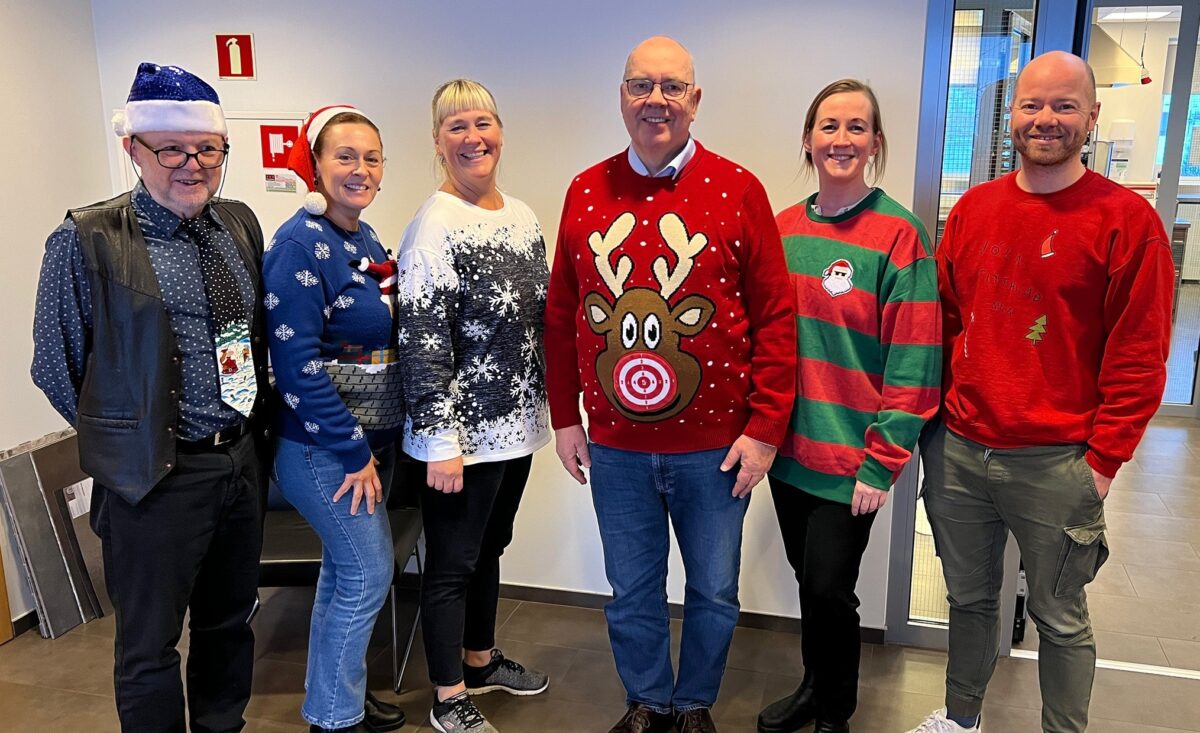
Matís' opening hours for Christmas and New Year will be as follows:
//
Opening hours at Matís in Reykjavík during the holidays:
December 23: Closed/closed
December 24: Closed/closed
December 25: Closed
December 26: Closed
December 27: 8:30 a.m. – 4:00 p.m
December 28: 8: 30–16: 00
December 29: 8: 30–16: 00
December 30: 8:30am–3:00pm
December 31: Closed
January 1: Closed
January 2: Closed
After that, the normal opening hours will take effect again.
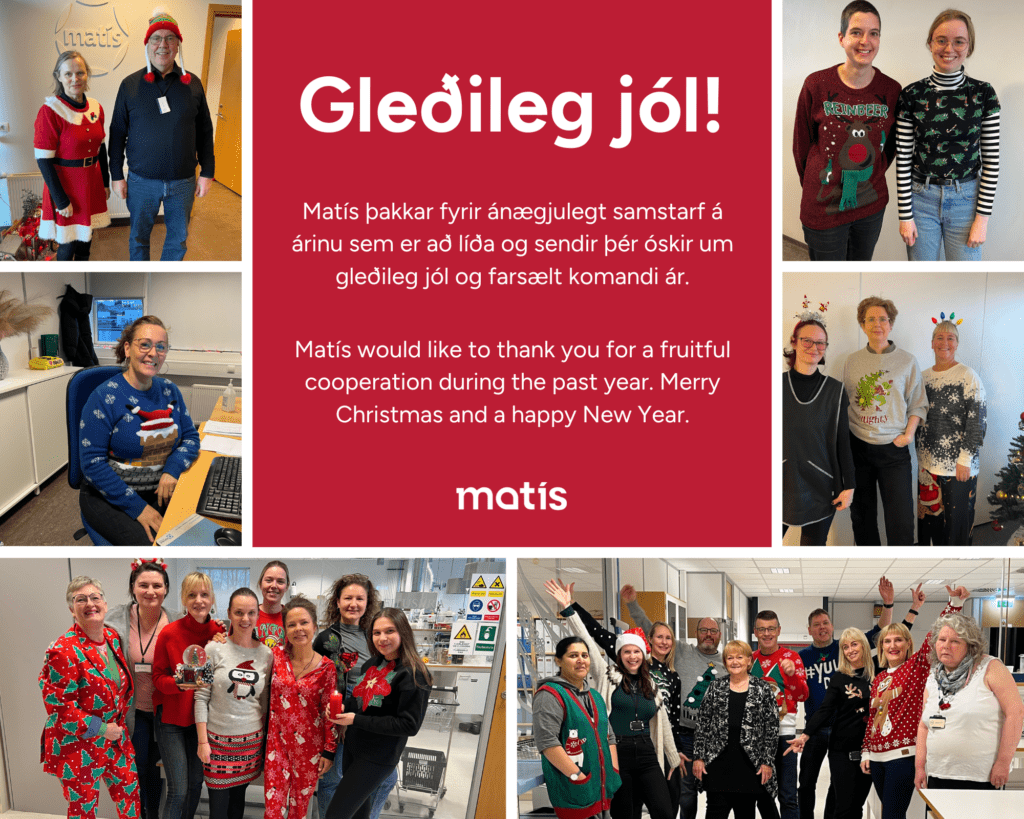
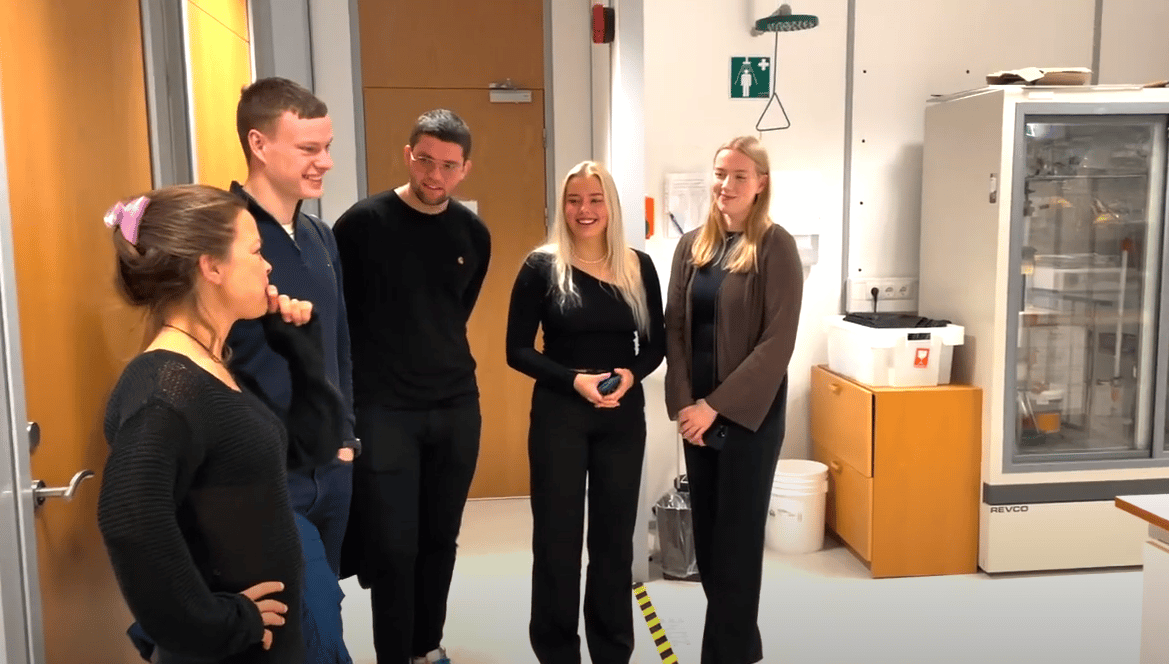
A group of students in the Introduction to Engineering course from Reykjavík University visited Matís recently. The students received an award for their project on the production of renewable bioplastic from seaweed for drinking straws.
In their project, the students worked to replace plastic pipes, as innovations that have appeared on the market, such as steel pipes and cardboard pipes, are unsuitable for users. The students therefore decided to produce tubes made of bioplastic from kelp. The group visited Matís recently and spoke with project manager Sophie Jensen to gain more knowledge on the subject.
We recommend watching the students' video below.
Students in the group are:
- Emil Örn Aðalsteinsson
- Hafdís Sól Björnsdóttir
- Halldór Jökull Ólafsson
- Hrannar Briem weekend
- Katla Yr Gautadóttir
We thank the students very much for the visit and wish them good luck.
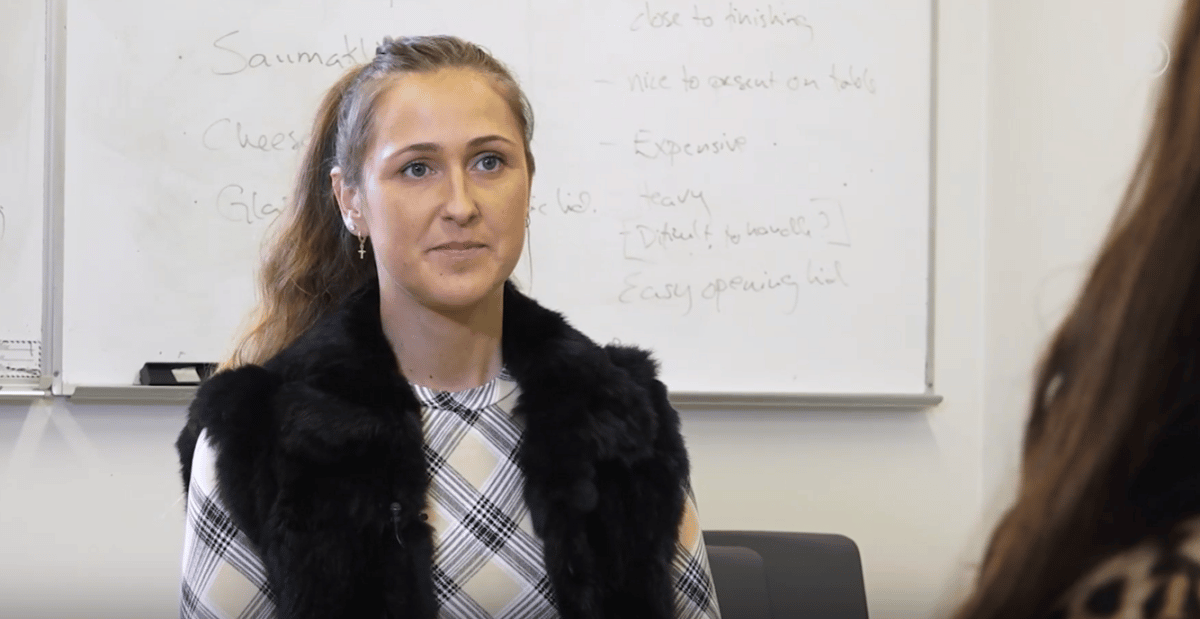
In the show Science and us shown on Hringbraut is an interview with Ingibjörga Gunnarsdóttir, professor of nutrition at the University of Iceland's Faculty of Food and Nutrition, and Agnes Þóra Árnadóttir, PhD student at Matís.
In the interview, Ingibjörg talks about the effects of nutrition during pregnancy on the health of both mother and child and research that has been done to assess the general state of nutrition. Agnes Þóra has been examining the effect of the mother's nutrition during pregnancy on the intestinal flora of the child. The samples are taken at the age of 4 months, 6 months, 1 year and 2 years. The way the intestinal flora develops in these children is being monitored, and it is looked at based on what the mother is eating during pregnancy. Both a biological sample and a list of questions are examined, which mothers are asked to answer.
We recommend watching the episode in its entirety on Hringbraut:
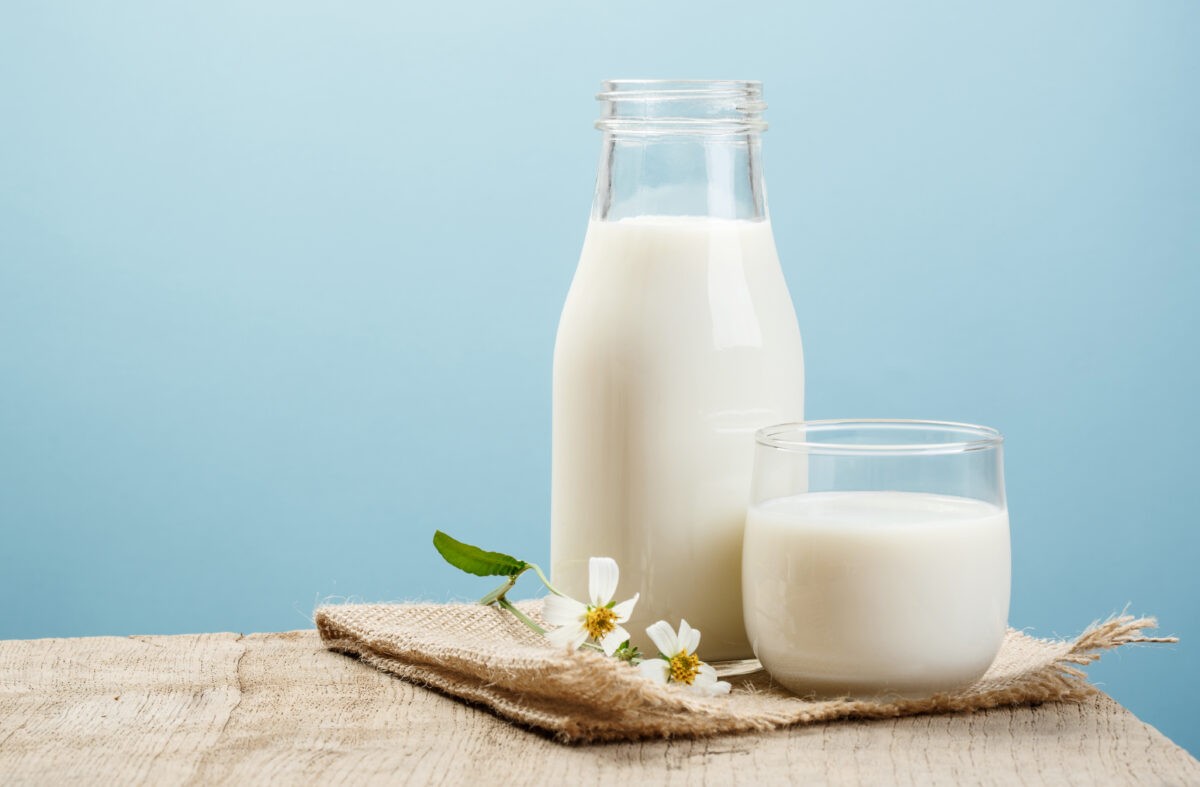
Webinar about the results of the joint project between Matís and the University of Reading called "Essential minerals in milk: their variation and nutritional implications" will be held electronically on the 16th of December next at 12:00. The project discussed is called NUTRIMILK and is sponsored by EIT food.
Milk samples were taken from shops in the UK for a whole year (both organic and conventional milk) and the milk was analyzed for minerals and trace elements. The aim is to see if there are seasonal changes, which could be caused by the fact that the composition of the feed varies by season (for example, the cows are outside more in the summer). The results are examined with the nutritional needs of consumers in mind, but it must be taken into account that the nutritional needs of different social groups can vary.
The lecture takes place via Teams from 12:00 – 13:00. Dr Sokratis Stergiadis, associate professor at the University of Reading, will give the talk: Macrominerals and trace elements in cows' retail milk: seasonal variation and implications for consumer nutrition.
Participation is free, but registration is required by clicking the registration button below:




This activity has received funding from EIT Food, the innovation community on Food of the European Institute of Innovation and Technology (EIT), a body of the EU, under the Horizon 2020, the EU Framework Program for Research and Innovation.
Abstract: Milk is an important dietary source of essential macrominerals and trace elements (Ca, I, P, Zn, K, Se, Mg, Na), but there is substantial seasonal variation in their concentrations due to different feeding management between seasons. This large variation may increase the risk of nutrient imbalances throughout the year, particularly in demographics with higher requirements (toddlers, children, pregnant/nursing women). Farm-to-fork interventions can improve consistency in mineral composition but the seasonal and production systems' variation of the retail milk mineral profile is unknown, thus making it difficult for the food and livestock industry to identify the potential risks to nutrient supply. This project study will investigate the seasonal variation in macromineral and trace element concentrations of milk from conventional and organic dairy systems, and assess the impact on mineral intakes of the different demographics throughout the year. Results can be used to inform food-chain interventions for optimum milk mineral contents.

Jónas Baldursson, project manager at Matís, and Eva Margrét Jónudóttir, expert at Matís, discuss the project Sustainable fertilizer production, a comprehensive approach to the circular economy.
The discussion is about fertilizer nutrients, preliminary results of experiments and whether the project should really have been called Skítamix. The sustainability of processes is reviewed by using by-products from various industries, including compost, meat meal, cow dung, aquaculture sludge, chicken droppings and human waste.
We get to hear what was surprising and the importance of making fertilizer production sustainable.
Don't miss this episode. Listen to the full episode here:
Moderator: Hildur Ýr Thráinsdóttir
The partners of the project are: Atmonia, Agricultural University of Iceland, Norwegian Maritime Research Institute, Landsgrædslan and Landsvirkjun.
The project is funded by: Ranni's target plan
